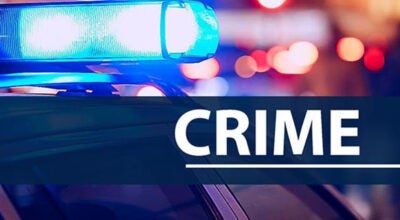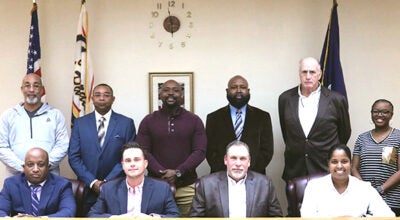Sunday focus: Early detection still key to beating breast cancer
Published 12:16 am Saturday, October 26, 2019
NATCHEZ — Every October, Natchez storefronts, businesses and houses are decorated with giant pink ribbons for breast cancer awareness but it isn’t enough just to jump on the color bandwagon.
The color pink serves as a very important reminder to women so that they’ll remember to have a breast examination at least once a year.
The key to beating breast cancer is early detection and regular checkups, said Stephanie Lindsey, mammography technologist.
“Early detection is the best,” she said. “The earlier you find it, the better the treatment is.”
Lindsey said all women are supposed to do self-examinations and watch for unusual lumps in their breasts while women over 40 should have a mammogram every year.
“Most insurances will pay for your screening or mammogram every year,” she said. “Of course, those who have any issues should see the doctor right away. We also do self-requested mammograms now, which is something new to our facility. Doctors usually will order a mammogram, but if a lady doesn’t have a doctor she can come in on her own. We have a list of providers your report may be sent to in case any follow up appointment is needed.”
Lindsey said Merit Health Natchez just added a brand new mammography machine to its inventory in May that detects even the smallest of cancer spots.
“With our new 3D machine, we’ve been able to find much smaller spots than we could with our older traditional machine. It’s been a great asset and we do have the only one in our area,” she said. “It’s very new.”
Another added bonus to the 3D machine is that most women find the curved-paddle surface to be more comfortable than the traditional flat surface, Lindsey said.
“It does still compress,” Lindsey said. “But I believe at least 90% of the women who’ve used it do find it to be more comfortable.”
Lance Boyd, CEO of Merit Health Natchez said the hospital has performed over 4,000 mammograms this year and has spent over $1.5 million on the technology used to do so.
“Since May, we’ve been able to find about 20 cancerous tumors that we would not have found with 2D — the smallest of those being four millimeters in size,” Boyd said. “That’s the head of a pencil. To think, if we can capture them that early and that small it reduces the possibility of needing additional treatment than if we waited another year. … This technology is not only saving lives, but it’s changing treatment and changing lives.”





